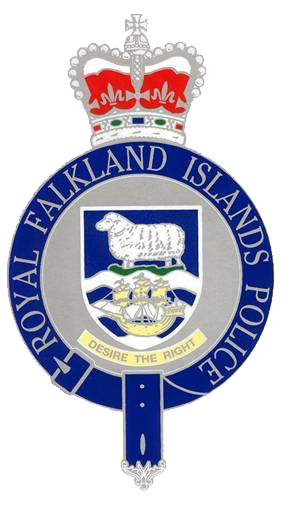Winter driving tips
Please click here for the Salt Route 2021
Driving in the winter is very different than in other times of the year. Adverse weather and longer periods of darkness makes driving more hazardous. Sometimes conditions can be extreme, as we have found out over recent winters, with prolonged periods of heavy snow and floods.
In very bad conditions, avoid driving completely, unless you absolutely have to make the journey and driving is the only option.
Different weather conditions create different hazards throughout the winter. A single journey may take us into very different weather, road and traffic conditions, so we need to be prepared for each one. This means that we need to adapt the way we drive to the conditions.
Prepare your vehicle
It’s a good idea to have your vehicle fully serviced before winter starts and have the anti-freeze tested. If you can’t have it serviced, then do your own checks. In particular, check:
- Lights are clean and working
- Battery is fully charged
- Windscreen, wiper blades and other windows are clean and the washer bottle filled with screen wash
- Tyre condition, tread depth and pressure (of all the tyres, including the spare)
- Brakes are working well
- Fluids are kept topped up, especially windscreen wash, antifreeze and oil
Emergency Kit
When extreme weather is possible, keep an emergency kit in your car, especially if you’re going on a long journey. We recommend that you carry:
- Tow rope
- A shovel
- Wellington boots
- A hazard warning triangle
- De-icing equipment
- First aid kit
- A working torch
- A car blanket
- Warm clothes
- Emergency rations
- Mobile phone (fully charged)
Prepare your journey
Try to be realistic about which journeys are essential and which ones could be postponed. If you decide to travel:
- Let someone know where you are going and what time you hope to arrive, so that they can raise the alarm if you get into difficulties
- Plan alternative routes in case your main choice becomes impassable
- Keep your fuel tank near to full to ensure that you do not run out
- Make sure you have a fully charge mobile phone, so you can call for help or alert someone if you are delayed
- Clear your windows and mirrors completely of snow and ice before you set off
Driving in snow or ice
If you find yourself driving in snow or on icy or snow covered roads, adapt your driving to these conditions:
- Reduce your speed. The chances of skidding are much greater and your stopping distance will increase massively
- Only travel at a speed at which you can stop within the distance you can see to be clear. Speed limits are the maximum in ideal conditions; in difficult conditions they can often be too fast
- Avoid harsh braking and acceleration, or sharp steering
- Always reduce your speed smoothly and in plenty of time on slippery surfaces
- Slow down in plenty of time before bends and corners
- Braking on an icy or snow covered bend is extremely dangerous. The centrifugal force will continue to pull you outwards and the wheels will not grip very well. This could cause your vehicle to spin
- To slow down on ice and snow, lift the gas early to allow the speed to drop sufficiently to select a lower gear. If you need to use the brakes, use very gentle pressure depressing the clutch early to avoid stalling the engine
- Increase the gap between you and the vehicle in front. You may need up to ten times the normal distance for braking.
- Keep your vehicle well ventilated. The car heater turned up full can quickly make you drowsy
- In snow, stop frequently to clean the windows, wheel arches, lights and number plates
- Visibility will probably be reduced, so use dipped headlights

